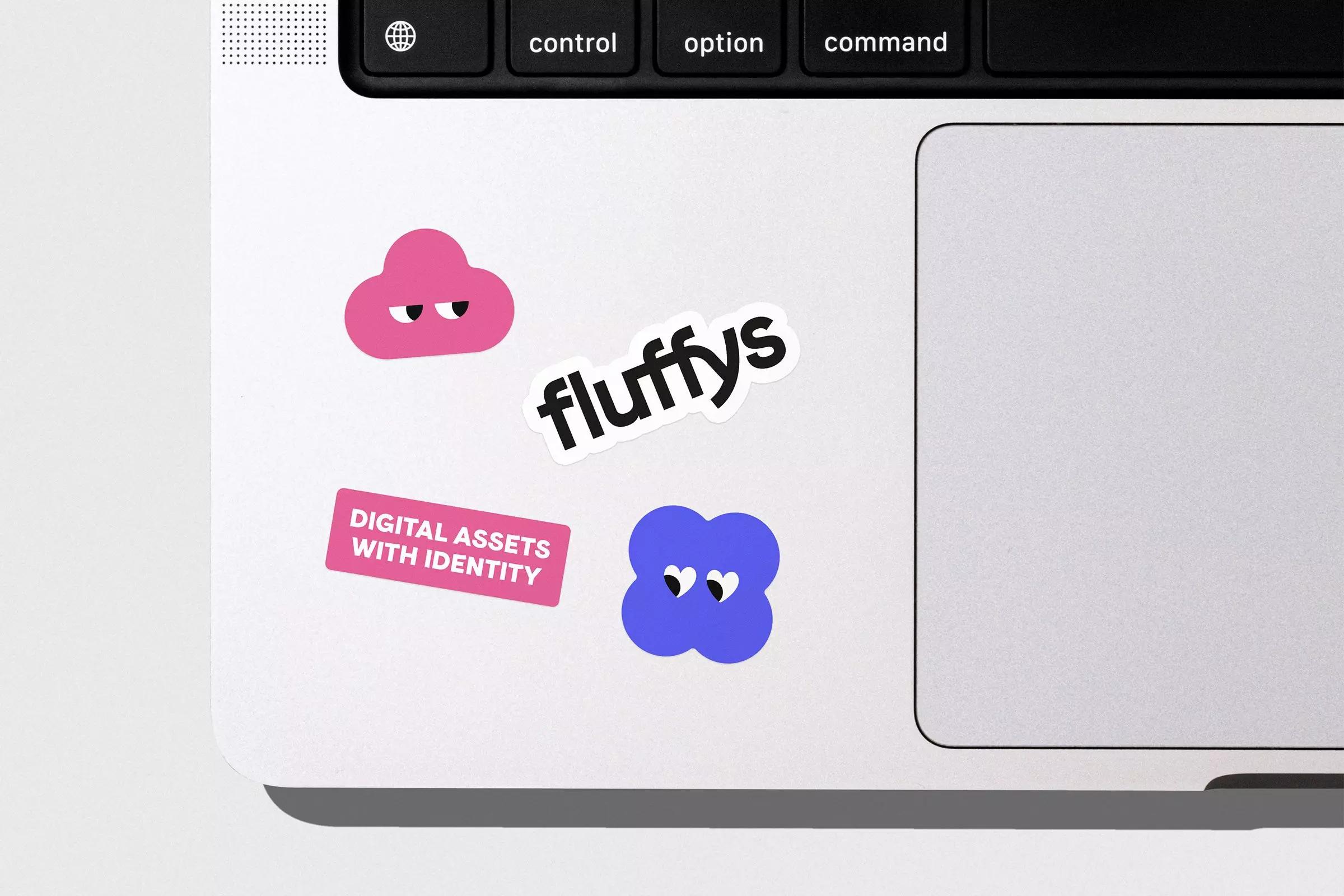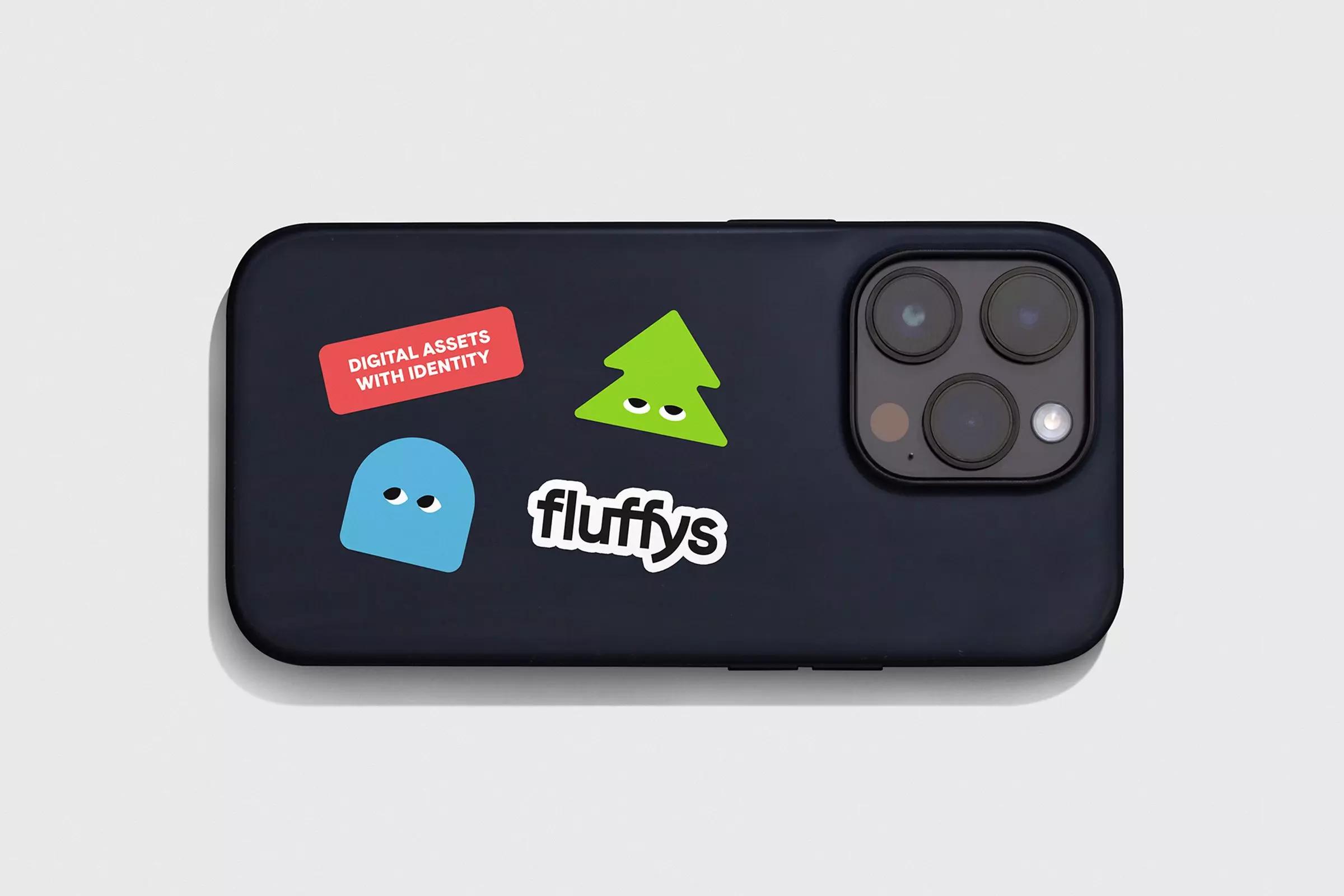What makes a great portfolio? Lessons from the best in the industry

Written by
Fluffys Team
Published on December 23rd, 2024
In the competitive world of design, a studio portfolio serves as more than just a showcase of work; it’s a testament to a studio’s identity, vision, and expertise. A compelling portfolio can mean the difference between securing a dream client or being overlooked. So, what sets the best portfolios apart? By analyzing the practices of leading design studios, we’ve uncovered key lessons that can elevate any portfolio to industry standards.
Clarity in storytelling
A great portfolio isn’t just a collection of projects; it tells a cohesive story about the studio’s journey, values, and strengths. Top studios like Pentagram and Wolff Olins excel in this by weaving narratives that connect their work to the problems they solved and the impact they created. For instance, Pentagram’s portfolio often includes client challenges, the studio’s approach, and the outcomes, making the work relatable and engaging. (pentagram.com, wolffolins.com)
Tip: Use each project as a chapter in your story. Begin with the client’s objective, describe your process, and conclude with measurable results. This approach highlights your problem-solving abilities and reinforces your studio’s unique value proposition.
 from [Pentagram](https://pentagram.com) on the left, [Lloyds](https://www.lloydsbank.com/) from [Wolff Olins](https://wolffolins.com/) on the right](/_next/image?url=https%3A%2F%2Ffluffysblob.blob.core.windows.net%2Ffluffys-blob-stg%2Fuploads%2Fwhat_makes_a_great_portfolio_paypal_503cf79673.png&w=3840&q=75)
Paypal from Pentagram on the left, Lloyds from Wolff Olins on the right
Tailored presentation
The best portfolios are not one-size-fits-all. Successful studios tailor their presentations to resonate with their target audience. For example, digital-first agencies like Huge and AKQA emphasize interactive case studies that showcase their tech-forward solutions, while branding studios like Studio Dumbar focus on the emotional resonance of their work. (hugeinc.com, akqa.com, studiodumbar.com)
Tip: Understand your ideal clients and design your portfolio to speak directly to their needs and preferences. If you’re targeting tech companies, emphasize your digital expertise. For cultural institutions, highlight projects with strong narrative and artistic depth.
's project](/_next/image?url=https%3A%2F%2Ffluffysblob.blob.core.windows.net%2Ffluffys-blob-stg%2Fuploads%2Fwhat_makes_a_great_portfolio_studio_dumbar_a4ce4db789.jpg&w=3840&q=75)
Studio Dumbar's project
Selective curation
Less is often more when it comes to portfolio design. Instead of including every project, leading studios curate their portfolios to showcase only their best and most relevant work. This strategy ensures that every piece in the portfolio reinforces the studio’s strengths and aligns with their future aspirations.
For example, Collins, known for its bold branding work, includes only projects that reflect its cutting-edge design philosophy. This selective approach ensures that their portfolio remains focused and impactful. (wearecollins.com)
Tip: Resist the temptation to include outdated or irrelevant projects. Regularly update your portfolio to reflect your studio’s current direction and expertise.
Visual consistency
A visually cohesive portfolio demonstrates professionalism and attention to detail. Studios like Made Thought and Koto excel in presenting their work within a consistent design framework, ensuring that the portfolio itself becomes a reflection of their design sensibilities. (madethought.com, koto.studio)
Tip: Develop a unified visual language for your portfolio, including consistent typography, color schemes, and layouts. This not only enhances readability but also reinforces your studio’s brand identity.
 on the left, project from [Made Thought](https://madethought.com) on the right](/_next/image?url=https%3A%2F%2Ffluffysblob.blob.core.windows.net%2Ffluffys-blob-stg%2Fuploads%2Fwhat_makes_a_great_portfolio_koto_c4f56209ac.png&w=3840&q=75)
Project from Koto on the left, project from Made Thought on the right
Interactive and engaging elements
In today’s digital age, interactivity can significantly enhance a portfolio’s impact. Studios like Instrument and R/GA integrate interactive elements that allow potential clients to engage with their work on a deeper level. From motion graphics to clickable prototypes, these features showcase technical capabilities while keeping the viewer engaged. (instrument.com, rga.com)
Tip: Incorporate elements like animations, interactive timelines, or behind-the-scenes videos to make your portfolio dynamic and memorable. Ensure that these features are functional across devices and do not compromise usability.
Credibility through case studies
Case studies are a cornerstone of a strong portfolio. They provide context, depth, and credibility to the showcased work. Studios like Snask and Landor often include testimonials, data points, and detailed insights into their creative process, which adds authenticity and builds trust with potential clients. (snask.com, landor.com)
Tip: Structure your case studies to include the following:
- Background: client’s challenge and goals.
- Approach: the process and rationale behind your solutions.
- Results: tangible outcomes, such as increased engagement, revenue, or brand recognition.
- Client feedback: testimonials that validate your work.
Focus on usability
Even the most stunning portfolio can fall short if it’s difficult to navigate. Usability is paramount, especially for online portfolios. Leading studios ensure their websites are intuitive, fast-loading, and mobile-friendly. For instance, Work & Co’s portfolio features a minimalist design with clear navigation, allowing visitors to explore projects effortlessly. (work.co)
Tip: Test your portfolio across devices and browsers to ensure a seamless experience. Prioritize fast loading times, clear calls to action, and accessibility features to cater to diverse audiences.
A strong call to action
A portfolio’s ultimate goal is to convert visitors into clients. Studios like Sagmeister & Walsh include clear calls to action, such as “Get in Touch” buttons or inquiry forms, strategically placed throughout their portfolio. These elements make it easy for potential clients to initiate contact. (sagmeisterwalsh.com)
Tip: Include multiple touchpoints for engagement, such as email links, contact forms, or social media handles. Ensure these are visible and easy to access.
Looking ahead
Crafting a compelling portfolio is an ongoing process that requires intentionality, creativity, and regular updates. By learning from the best in the industry and applying these principles, your studio can create a portfolio that not only attracts clients but also positions your brand as a leader in the design world.
- designdesign basicscreative processdesign tipsdesign inspiration
](/_next/image?url=https%3A%2F%2Ffluffysblob.blob.core.windows.net%2Ffluffys-blob-stg%2Fuploads%2Fwhat_makes_a_great_portfolio_sustana_4d90205b3f.png&w=3840&q=75)
](/_next/image?url=https%3A%2F%2Ffluffysblob.blob.core.windows.net%2Ffluffys-blob-stg%2Fuploads%2Fwhat_makes_a_great_portfolio_instrument_eaf463b175.jpg&w=3840&q=75)
 and [Apple](https://apple.com) from [Work & Co](https://work.co)](/_next/image?url=https%3A%2F%2Ffluffysblob.blob.core.windows.net%2Ffluffys-blob-stg%2Fuploads%2Fwhat_makes_a_great_portfolio_aesop_bdd92ca46d.png&w=3840&q=75)


